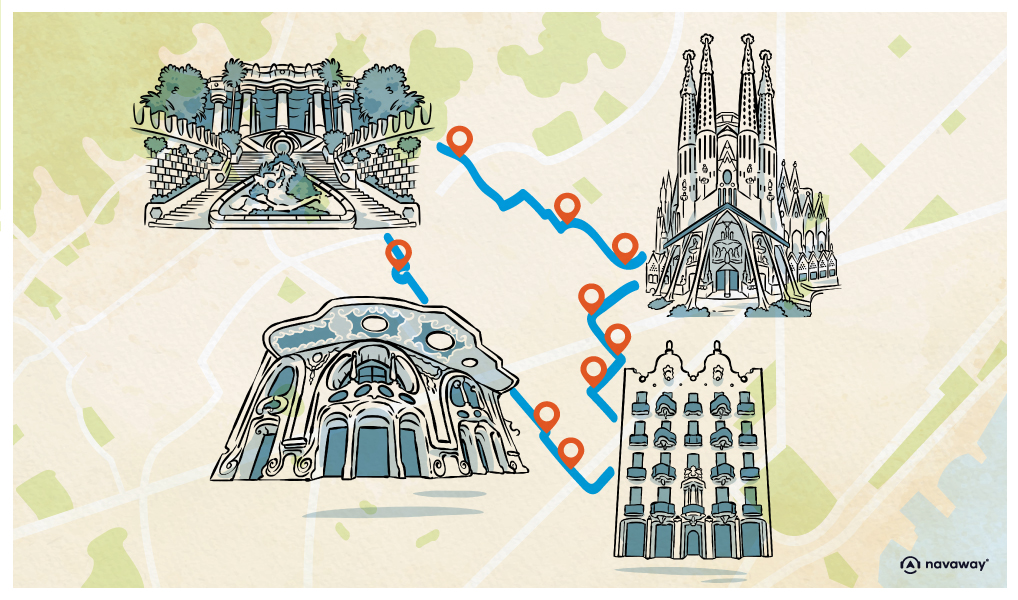
Antoni Gaudí
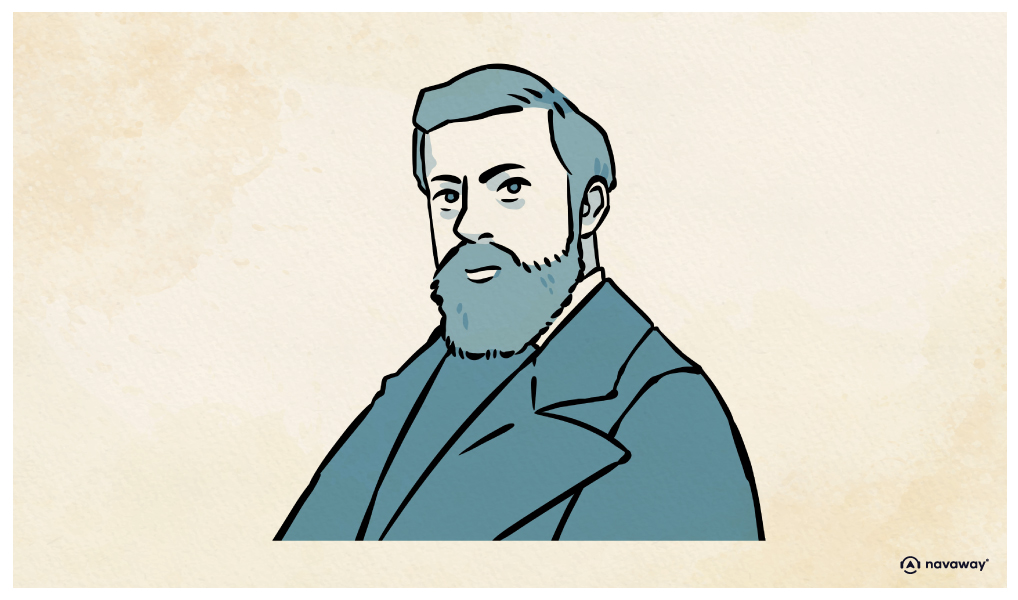
This point of interest is available as audio on the tour: Visit Barcelone, Through Gaudí’s eyes
Since we’ve been talking so much about Gaudí and still got a bit of walking ahead, why not take a moment to get to know him a little better? Let’s start from the beginning. Antoni Gaudí was born on the 25th of June 1852, into a family of coppersmiths. His ancestors — originally named Gaudy or Gaudin — had likely emigrated from the south of France to Catalonia about two centuries earlier. He was born either in Reus or Riudoms, two neighbouring towns just below Barcelona. No one’s quite sure which, but one thing is certain: Gaudí was deeply connected to his Mediterranean roots, leaving an indelible mark on his work. He believed that Mediterranean people had an innate sense of art and beauty — naturally creative, full of originality — in opposition to the more “technical and repetitive” Northern Europeans. As a child, Gaudí’s health was fragile. He often spent long stretches of time resting in the countryside, at his family’s summer home. It was there that he began observing nature, taking in its shapes, structures and rhythms — lessons that would later define his architecture. When he was an adult, Gaudí became a vegetarian and a strong believer in the natural health practices of Dr. Kneipp. One day, he took his commitment a bit too far: in 1894, one of his extended fasts led to a serious illness that nearly cost him his life. Like everybody else of his generation, he had to complete military service — but due to his ongoing health issues, he was declared unfit for combat, and managed to avoid fighting in the Third Carlist War. Instead, he used that time to focus on completing his architectural studies. And well… we know how that turned out. When Gaudí graduated, the director of the Barcelona School of Architecture reportedly said: “We have given this diploma to either a madman or a genius. Time will tell.” Well, time has spoken, there’s no doubt about it now: Gaudí was a genius. At first, he was influenced by Orientalism, then by the Neo-Gothic revival led by Viollet-le-Duc. But it was nature that would become his greatest teacher — and his greatest muse. Gaudí progressively developed a unique language of curves, waves, and organic shapes, making him into the undisputed master of Art Nouveau and Catalan Modernism. And the worst is, Gaudí was good at everything. He mastered carpentry, metalwork, ceramics, glass… you name it. He created a dreamlike living world, full of curves and undulations, where straight lines barely had a place, representing nature at its finest! In 1878, at the World Expo in Paris, he made a real impression with his works. But it was Eusebi Güell who was truly captivated by this genius. Güell would go on to become both Gaudí’s closest patron and friend — a partnership that would shape some of Barcelona’s most iconic landmarks. His fame would eventually reach well beyond Spain. He even designed a skyscraper for New York, radically different from anything else at the time. Unfortunately, the project never saw the day. Gaudí’s life wasn’t without hardship. The 1910s were difficult for him as he lost several loved ones, including his niece and his dear friend and collaborator Francesc Berenguer. The construction of the Sagrada Família halted due to economic struggles. Then, in 1918, he lost Eusebi Güell. A full decade of grief. But as we’ll see, Gaudí still had more to give — and one final masterpiece to complete. To cope with his grief, Gaudí fully dedicated himself to the basilica. He once told his collaborators: “My best friends are gone. I have no family, no clients, no fortune—nothing. So now, I can devote myself entirely to the Temple.” And that’s exactly what he did. For the last 12 years of his life, Gaudí lived and breathed Sagrada Família, pouring every ounce of energy and attention into what he saw as the purpose of his life. He never married. His greatest loves were art and faith. He was no longer the young man in elegant suits, dining in fancy restaurants and enjoying the opera. No, in his later years, Gaudí chose a life of simplicity and humility. He ate little, dressed in worn-out clothes, and lived with very few possessions. He was so neglected in appearance that people often mistook him for a beggar. That’s exactly what led to his misfortune the 7th of June 1926, when Gaudí was struck by a tram. As no one recognised him, emergency services delayed their response, and by the time help came, it was too late. He died three days later, at the age of 73 — at the peak of his career. After his death, Gaudí’s legacy faded into obscurity. It wasn’t until the 1950s that his work was brought to life again — first by Salvador Dalí, then by a wave of international artists and critics who saw in him a visionary ahead of his time. His recognition only grew, reaching a turning point in the 1980s when seven of his works were added to the UNESCO World Heritage list. Today, Gaudí is, of course, considered one of the greatest architects of all time. His decorative works and pieces of furniture are incredibly rare and valuable. Just to give you an idea — a folding screen from Casa Milà was sold in 2007 for a modest 1.385 million dollars. Let’s be clear: Gaudí is the Einstein of architecture. A creative genius whose wild and unconventional techniques have forever revolutionized the way we build. Deeply religious and having lived an ascetic life, his beatification was approved by the Vatican in the early 2000s. And to mark the 150th anniversary of his birth, 2002 was officially declared as the International Year of Gaudí, where his existence was celebrated with concerts, exhibitions, lectures, publications — you name it. So no, Gaudí is not forgotten. Quite the opposite — he’s more alive than ever.

Discover other tours to visit Barcelone

Discover Barcelone with app
An interactive guide through the most beautiful streets, squares, and districts
22 fun audioguides full of historical facts, anecdotes, and legends
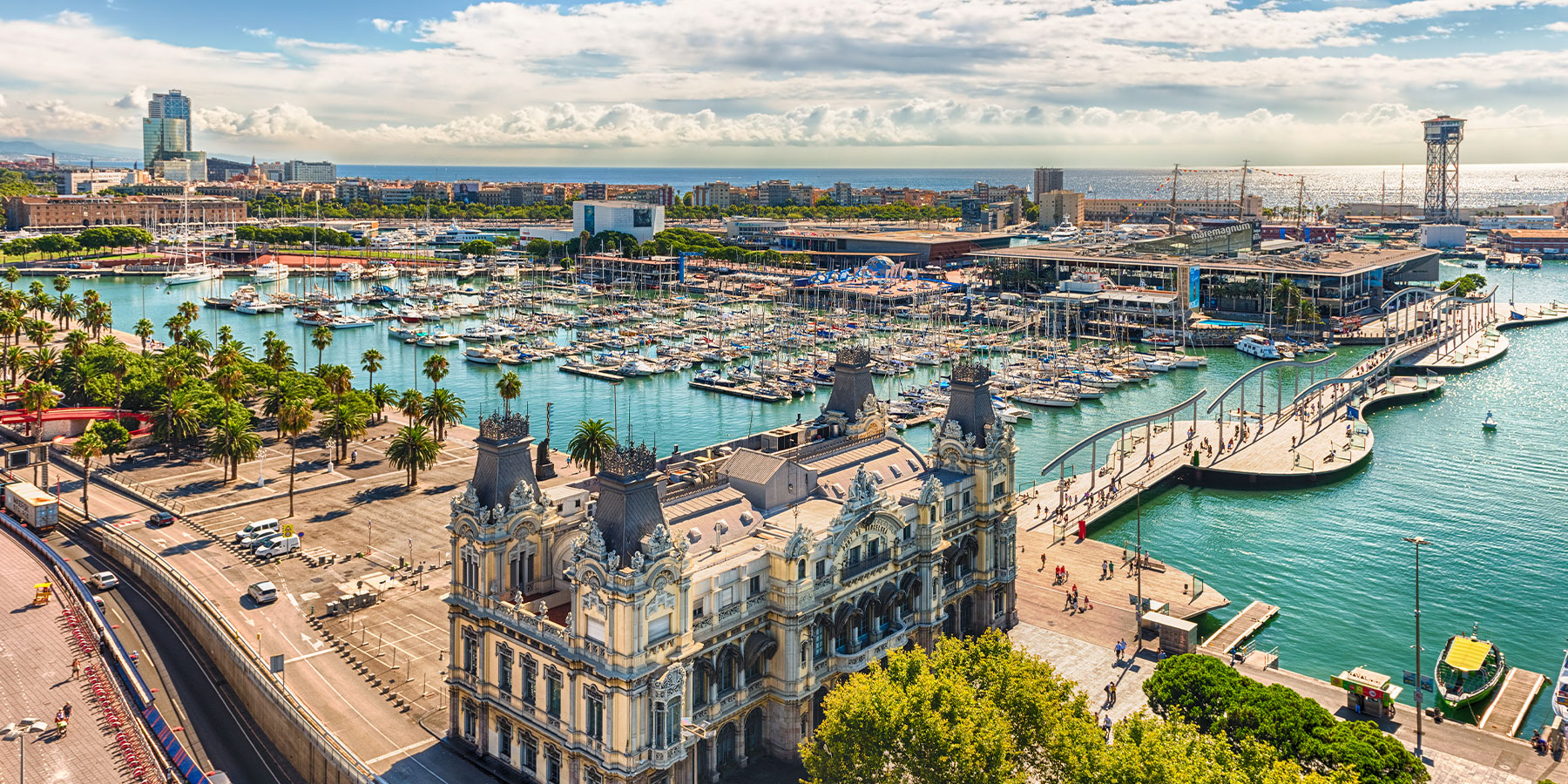
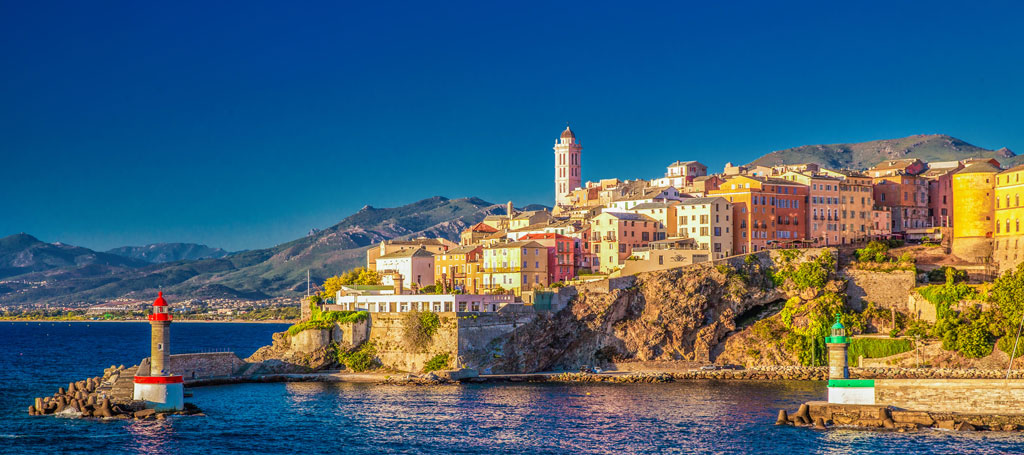
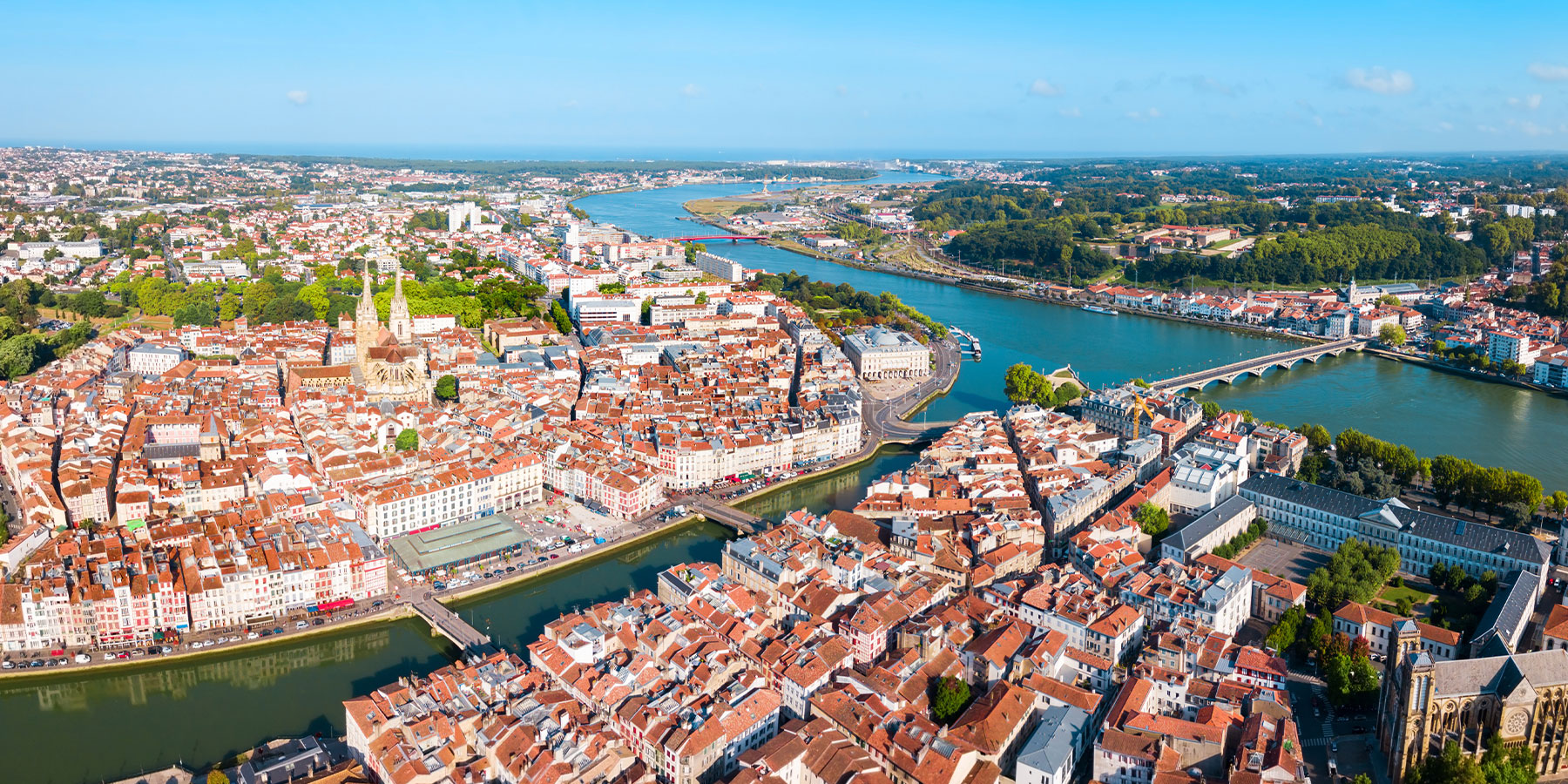
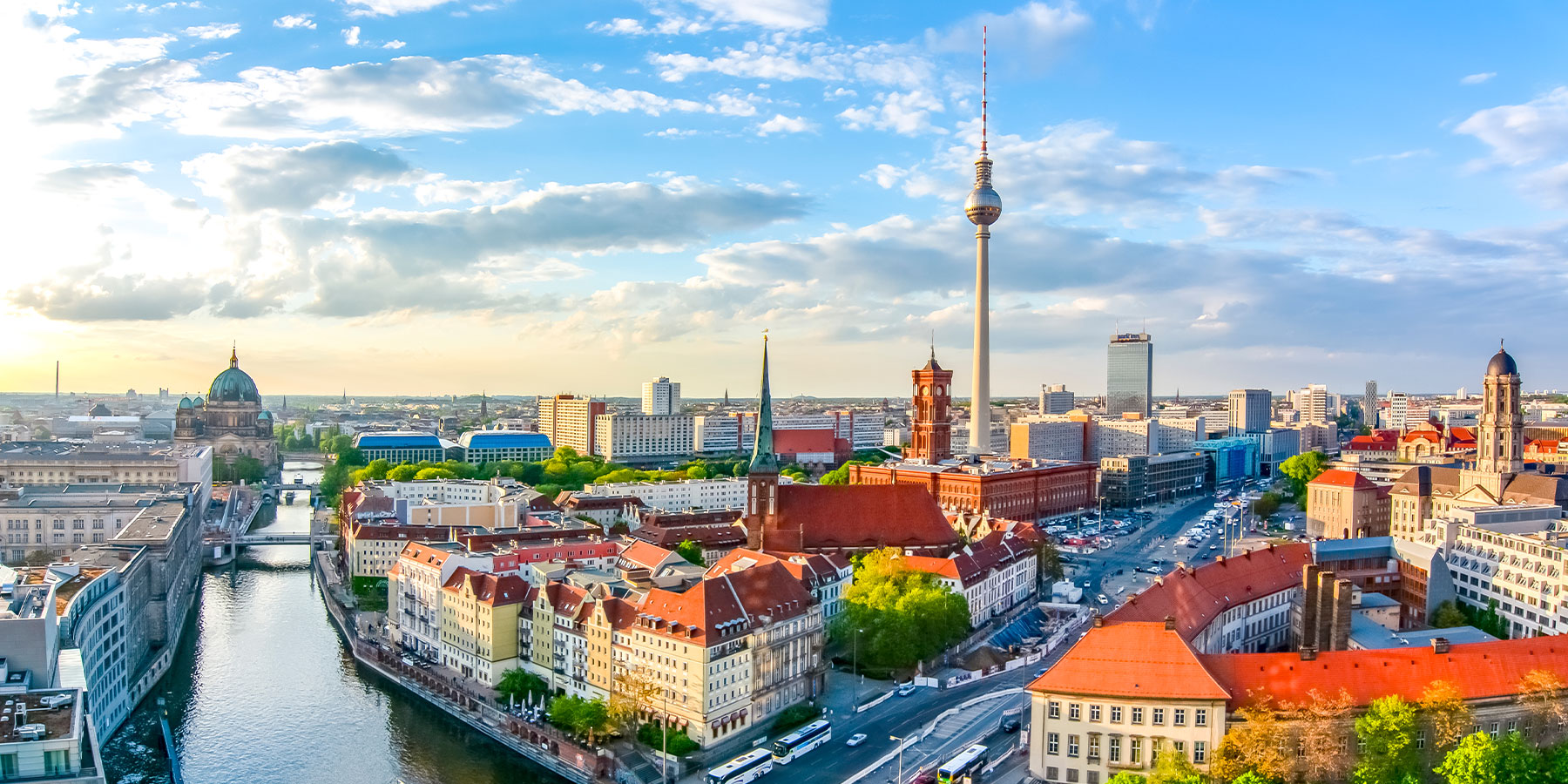


Comments